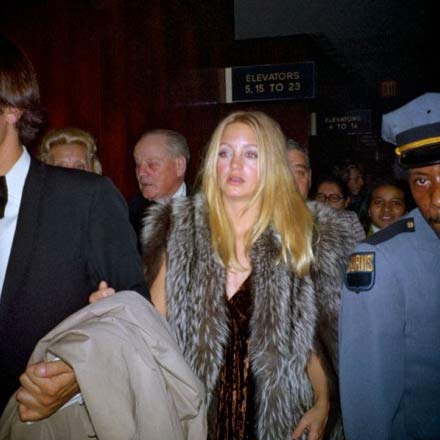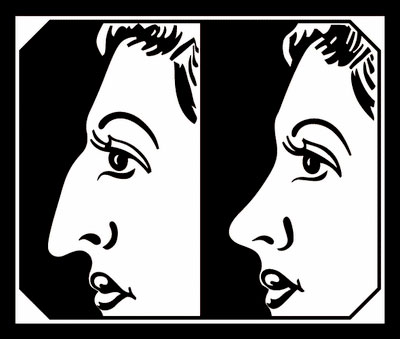By emotion I mean the modifications of the body, whereby the active power of the said body is increased or diminished, aided or constrained, and also the ideas of such modifications.
The memory for odors has been studied mostly from the point of view of odor recognition. In the present work, the memory for odors is studied not from the point of view of recognition but from the hedonic dimension of the sensation aroused by the stimulus.
Hedonicity is how we like or dislike a conscious experience. Hedonicity seems to be especially predominant with olfactory sensation. What will be studied, therefore, is the capacity to remember stimuli as a function of the amount of pleasure or displeasure aroused by the stimuli – in our case, odors. In the following pages, the term “pleasure/displeasure” will be considered as describing the hedonic dimension of consciousness. (…)
The “goodness” of a person’s memory for a given event is known to depend on variables such as the nature of the event, the context within which it occurs, initial encoding and subsequent recoding operations performed on the input, and the extent to which retrieval cues match these operations. It was shown also that slides arousing stronger emotions tended to be better remembered.
The question addressed in the present experiment concerned the role of perceived or felt pleasure or displeasure evoked by the experienced stimulus events. The hypothesis was that the hedonic dimension of cognition, aroused by the events at encoding and stored in memory, plays an important role in remembering of the events.
Pleasure/displeasure and emotion have long been recognized as dominant features in odorant stimulation, description, and memory. EEG recordings demonstrate the deep influence of olfactory stimuli on the brain. “The most important function of the nose may be not in transmitting messages about the outside world, but in motivating the organism after the message has been received” (Engen, 1973); that function being already present in the newborn and even intra utero.
Animal experiments have shown that odors followed by a reward were better remembered than non-rewarded odors, which is a clue that memory privileges usefulness. It was demonstrated also that recollections evoked by odors are more emotional than those evoked verbally, that verbal codes are not necessary for odor-associated memory and finally that pleasant odors enhance approach behavior due to their hedonic dimension. These findings suggest that the sensory stimulus in olfaction should provide a favorable paradigm to test the hypothesis that hedonicity is a potent factor for storing a piece of information into memory.
{ International Journal of Psychological Studies | Continue reading }















